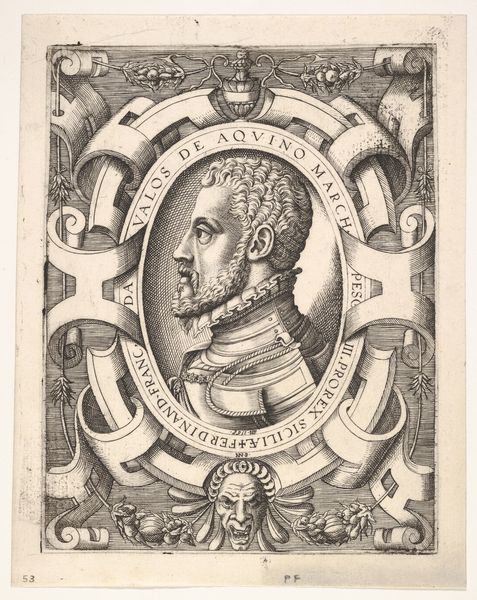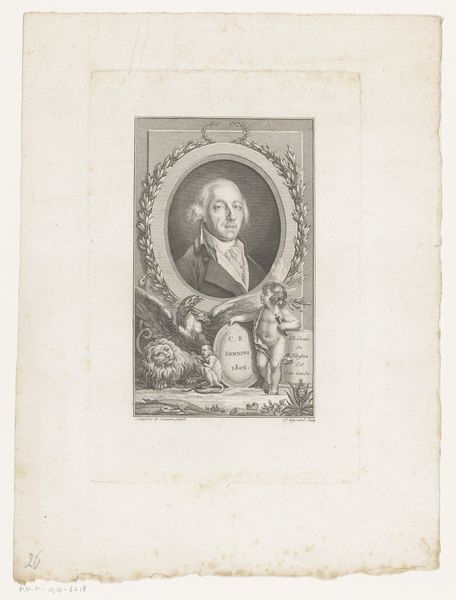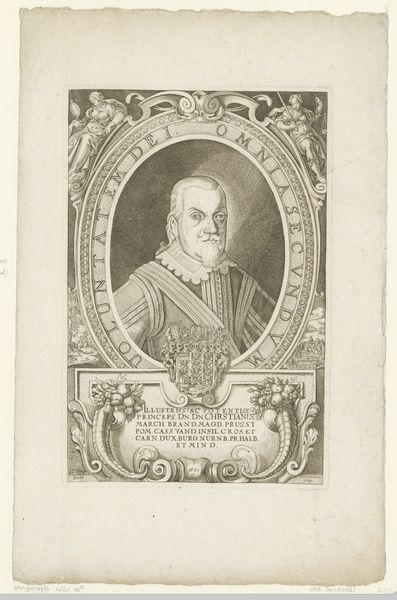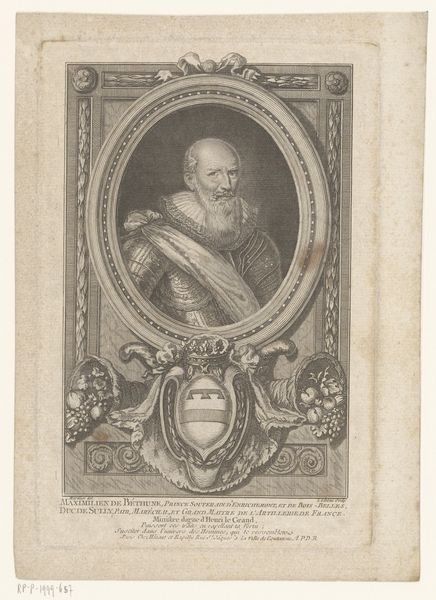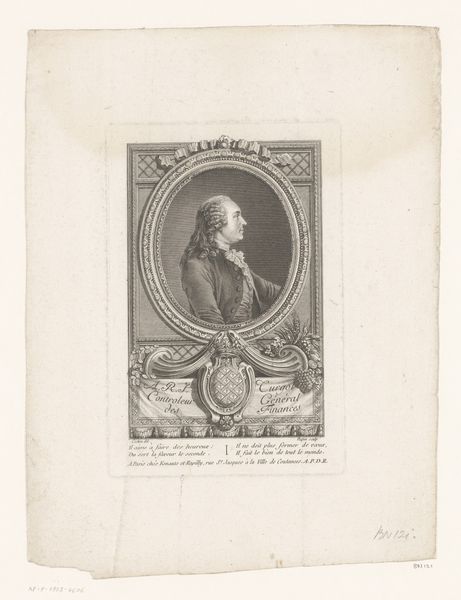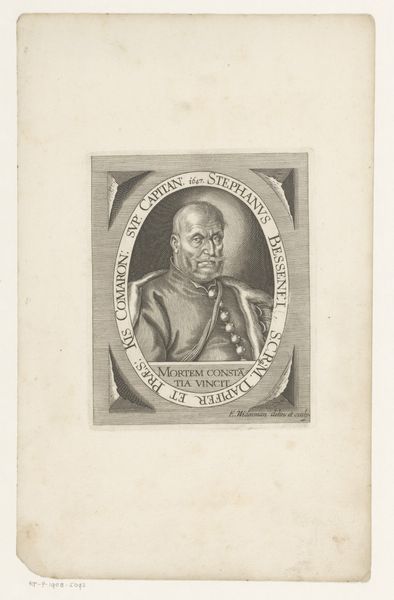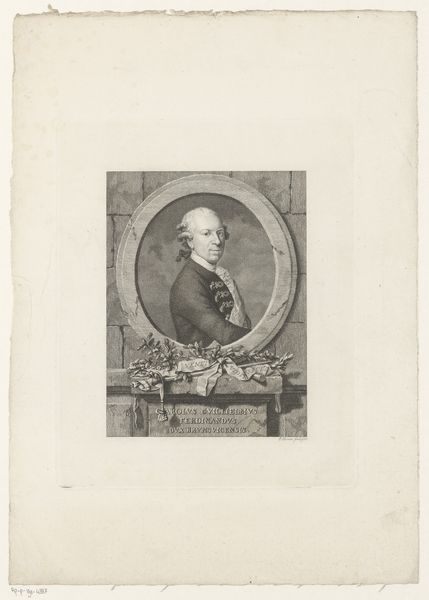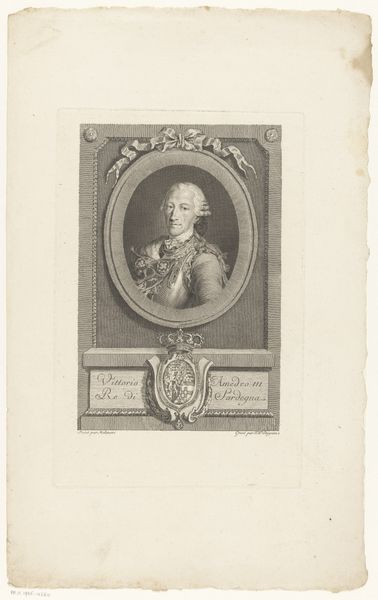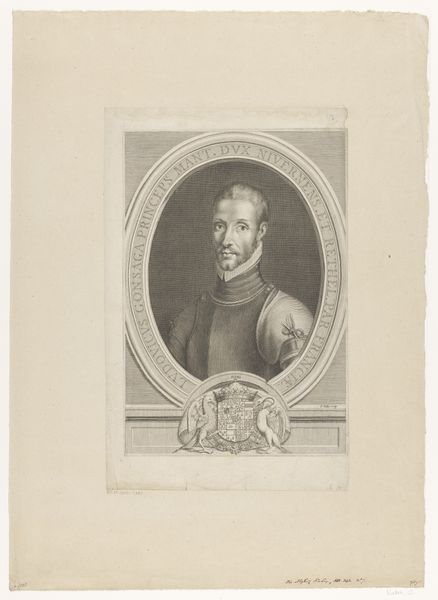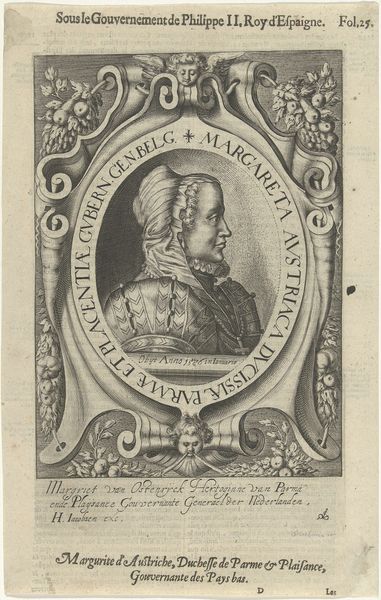
print, engraving
#
portrait
# print
#
mannerism
#
form
#
11_renaissance
#
geometric
#
line
#
history-painting
#
engraving
Dimensions: height 181 mm, width 132 mm
Copyright: Rijks Museum: Open Domain
Martino Rota made this portrait of Arnoldus van Grunbuelt using the technique of engraving, sometime between 1520 and 1583. The artist would have used a tool called a burin to manually carve lines into a metal plate, probably copper. Ink would then be applied to the plate and wiped off the surface, remaining only in the etched lines. Finally, paper would be pressed against the plate, transferring the image. Notice the precision and detail achieved through this laborious process. The dense cross-hatching creates areas of shadow and depth, giving form to the sitter’s face and armor. Engraving was an essential skill in the production of printed images at this time, feeding the growing demand for visual material. Rota’s print is not only a portrait of an individual, but also a testament to the skill and labor involved in producing images during the early modern period. Paying attention to the materials and processes used in art helps us appreciate the skilled labor involved, moving beyond traditional notions of fine art.
Comments
No comments
Be the first to comment and join the conversation on the ultimate creative platform.

